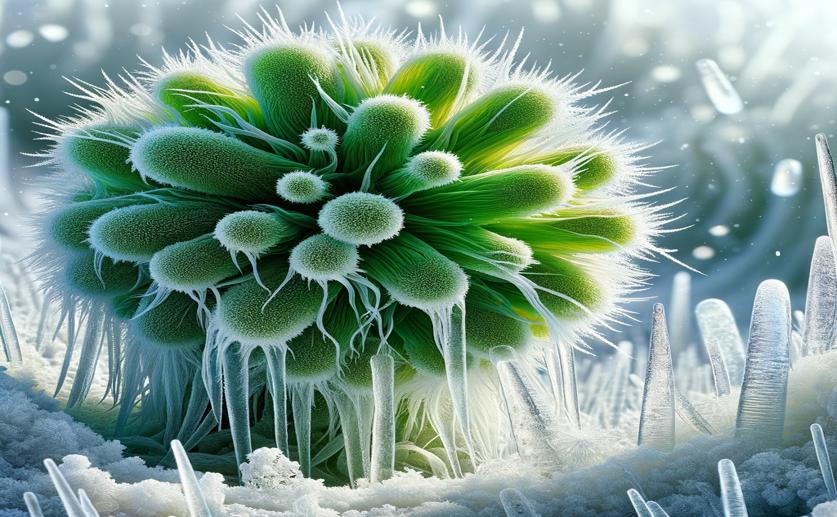
Antarctic Algae Secrets: How They Thrive in Extreme Cold
Greg Howard
22nd March, 2024

Image Source: Natural Science News, 2024
Key Findings
- In Antarctica's WAP, a diatom called Actinocyclus thrives in cold, fresh coastal waters
- Actinocyclus has a unique metabolism that helps it grow and manage stress during blooms
- Offshore diatoms adapt to iron scarcity with special proteins and reduced iron reliance
EcologyPlant ScienceMarine Biology
References
Main Study
1) Molecular physiology of Antarctic diatom natural assemblages and bloom event reveal insights into strategies contributing to their ecological success.
Published 19th March, 2024
https://doi.org/10.1128/msystems.01306-23
Related Studies
2) Widespread use of proton-pumping rhodopsin in Antarctic phytoplankton.
3) Decline in plankton diversity and carbon flux with reduced sea ice extent along the Western Antarctic Peninsula.
4) Molecular underpinnings and biogeochemical consequences of enhanced diatom growth in a warming Southern Ocean.



 10th March, 2024 | Jenn Hoskins
10th March, 2024 | Jenn Hoskins